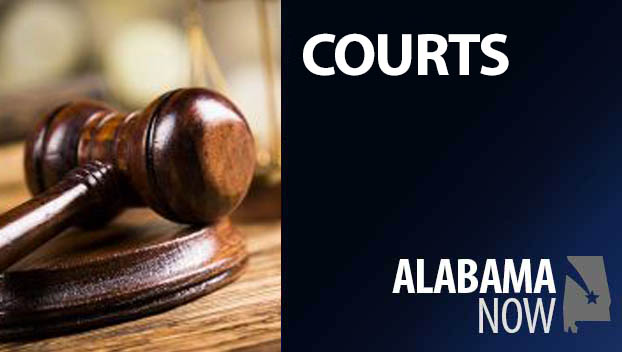Historian gives solutions for Alabama Confederate monument
Published 8:26 am Sunday, December 13, 2020
Historian Camille Agricola Bowman is offering a solution to the controversy over Gadsden’s Emma Sansom monument — use it as a teaching tool to reflect the changing interpretations of history.
The issue of how to handle the monument in downtown Gadsden, which was erected in 1906 by the United Daughters of the Confederacy, has been a controversial one for a while now, dovetailing with the national Black Lives Matter movement in the wake of numerous police killings of Black people.
Other monuments around the nation have been cited as being racist against other minorities or demeaning to women.
What the Sansom monument represents, to many locally, is an ugly history of racism, slavery and brutality and one that should be removed from public sight. Those who defend the monument, however, believe it is a piece of local history and should be left untouched.
Gadsden’s Human Relations Advisory Committee recently brought in Bowman, a native of Gadsden who is a four-decade expert in historic preservation and has a master’s in the subject topic from Columbia University, for a Zoom conversation.
Bowman laid out her thoughts and ideas as to how to handle the monument situation, which she has been sad to see unfold, and took questions at the end of her talk.
She said that Emma Sansom can teach more about history than just what her statue symbolizes.
“Emma can be a local young girl heroine, with a school named after her, that’s taught us more about our history than what her statue symbolizes underneath her,” Bowman said.
The Confederacy long has been idealized by many Southerners, but Bowman acknowledged that more voices are being heard about how others, especially African Americans, view the racism, bigotry and violence that slaves endured under it.
She suggested adding signs adjacent to the monument – perhaps one describing how and why the statue was erected, and another one referencing Black Lives Matter and the Bunk Richardson lynching (which is commemorated with a sign literally only a few yards from the monument) and the ongoing struggle against racism in the United States.
Bowman laid out other suggestions for how she feels monuments that might be offensive to some people should be dealt with.
First, she stressed the importance of planning for the preservation of cultural resources and that this must be done methodically and locally – showcasing a need for a preservation plan for Gadsden.
“Monuments can mean different things to different people,” she said. “I’ve surveyed several cities around the country and I’ve learned how they handled their difficult monuments. In a nutshell, I can say that we in Gadsden are not unique. Also, the issues are handled differently (depending on the place).”
She also suggested that you must be careful in dealing with history and consider people’s feelings and emotions when considering monument changes.
Moving monuments to museums is one option, Bowman said, but most museums cannot take on the sudden acquisitions of large monuments. She said “redefinition” should be the first approach.
One thing Bowman does not want to see is monuments being destroyed, citing not only their historical significance, but also pointing out that the elimination of a monument is not a cure-all for the larger issues the monument may represent to some people.
“When monuments are destroyed, the underlying problems are still there, unfortunately,” she said. “The underlying problems of white privilege or white supremacy are still there; the symbols of racism are no longer staring people in the face, but the feelings still exist.”
Finally, she said that it is important that people continue to have ongoing, meaningful conversations about history and racism. She hopes people can identify the problems and come up with solutions.
She believes creating a safe space for such talks, such as at churches or libraries, would be very beneficial to a community that currently is divided over Emma Sansom’s monument, but continues looking for and desperately wants a mutually agreeable solution.
Aside from the controversies, Bowman said she’s “distressed at what I’m seeing happening to Gadsden’s important landmarks,” but believes it is fixable, and she’d like to be part of the solution.
“I’d love to get involved with trades training programs, teaching how to take care of what I see makes Gadsden so special,” she said. “Gadsden needs a good, comprehensive city-wide preservation plan, and it has not had one since 1949. We desperately need a plan.”
Councilman Jason Wilson, who serves on the committee and hosted the Zoom call, agreed on needing a comprehensive preservation plan, and he said he wants to gather feedback and form working groups (with Bowman as a member) to develop recommendations on monuments and how to handle discussions about them.
Councilman Deverick Williams, another committee member, expressed appreciation to Bowman for her contributions but said the pain caused by these symbols of the Confederacy, which he described as an anti-American and to some degree treasonous movement, especially to African Americans, must be acknowledged, as is the need to eliminate symbols of white supremacy.





